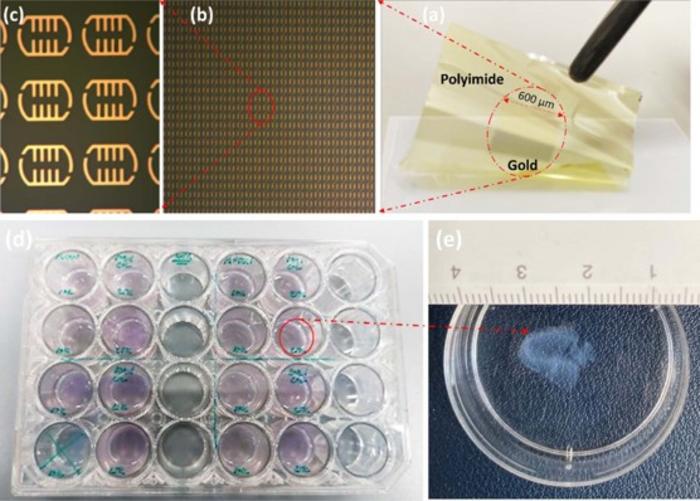A new biosensor using terahertz (THz) waves can detect skin cancer with “exceptional” sensitivity, potentially paving the way for earlier and easier diagnoses, according to a study in the IEEE Transactions on Biomedical Engineering.
“Traditional methods for detecting skin cancer often involve expensive, time-consuming, CT, PET scans and invasive higher frequencies technologies,” explains study author Shohreh Nourinovin, PhD, Postdoctoral Research Associate at Queen Mary’s School of Electronic Engineering and Computer Science, in a news release. “Our biosensor offers a non-invasive and highly efficient solution, leveraging the unique properties of THz waves – a type of radiation with lower energy than X-rays, thus safe for humans – to detect subtle changes in cell characteristics.”
Featuring tiny, asymmetric resonators on a flexible substrate, the biosensor can detect subtle changes in the properties of cells. Unlike traditional methods that rely solely on refractive index, this device analyses a combination of parameters, including resonance frequency, transmission magnitude, and a value called “Full Width at Half Maximum” (FWHM). This approach provides a richer picture of the tissue, allowing for more accurate differentiation between healthy and cancerous cells and to measure malignancy degree of the tissue.
In tests, the biosensor successfully differentiated between normal skin cells and basal cell carcinoma (BCC) cells, even at different concentrations.
“The implications of this study extend far beyond skin cancer detection,” says Dr. Nourinovin. “This technology could be used for early detection of various cancers and other diseases, like Alzheimer’s, with potential applications in resource-limited settings due to its portability and affordability.”
Initially focusing on THz spectroscopy for cancer analysis, Dr Nourinovin’s project was temporarily halted due to the COVID-19 pandemic. However, this setback led her to explore the potential of THz metasurfaces, a novel approach that sparked a new chapter in her research.
Professor Qammer H. Abbasi, Co-director for Communication Sensing & Imaging Hub at University of Glasgow’s James Watt School of Engineering, adds: “Integrating terahertz imaging technology into this type of flexible, portable, reuseable sensor could make cancer screening a quicker and more comfortable procedure for patients. We’re excited to build on the potential of this breakthrough technology with future collaborative research. “
“Despite the initial difficulties, the potential impact of this technology kept us motivated,” says Professor Akram Alomainy, Head of the Antennas & Electromagnetics Research Group at Queen Mary. “We believe this biosensor has the potential to save countless lives by enabling early detection and intervention for various cancers.”

